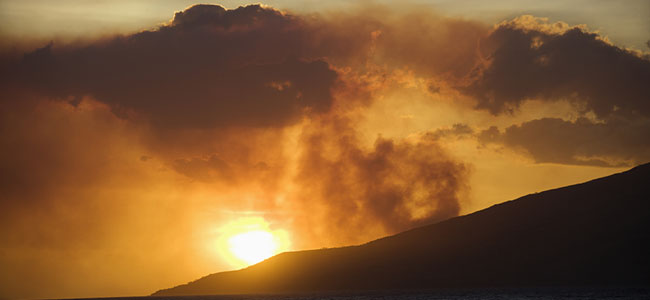
EPA Completes First Phase of Maui Cleanup Efforts
Phase 1 focused of removing hazardous materials left after the wildfires.
- By Robert Yaniz, Jr.
- Dec 05, 2023
The U.S. Environmental Protection Agency (EPA) marked a significant milestone in the recovery efforts following the devastating wildfires on Maui, completing Phase 1 of its cleanup response.
According to a recent release, this initial phase of the federal response focused on the removal of hazardous materials from 1,374 residential and 74 commercial properties, setting the stage for further debris removal and rebuilding efforts in Lahaina and upcountry Maui communities.
“The deadly wildfires on Maui caused catastrophic damage and destruction to homes, businesses, and significant cultural and historic resources,” EPA Incident Commander Chris Myers said in a statement. “EPA has been honored to join other federal agencies, the state of Hawaii, the county of Maui, local organizations and Maui residents and elders to help begin the long road to recovery.”
Throughout Phase 1, the EPA removed hazardous materials from Lahaina, Kula and Olinda under a mission assignment from FEMA. Beginning in August 2023, the EPA and its contractors conducted the cleanup efforts with the assistance of the U.S. Coast Guard and in coordination with the County of Maui, Hawaii Department of Health and the U.S. Army Corps of Engineers.
Batteries from 94 electric and hybrid vehicles as well as the decommissioning of 274 power walls in homes and businesses are among the types of hazardous materials safely removed and disposed of during the efforts. This task involved the safe shipment and recycling of over 30 tons of decommissioned battery material.
The EPA also implemented measures to protect the environment and public health. Soil stabilizers were applied to properties post-cleanup to prevent ash from contaminating air and water sources, avoiding any negative impact on cultural and historic resources. The agency also set up five air monitoring stations in Lahaina to continuously monitor air quality.
More than 20 cultural monitors were hired to oversee the fieldwork, and all involved personnel received mandatory cultural awareness training. As Phase 1 concludes, the EPA's focus will shift to supporting the County of Maui in repairing and restoring water infrastructure damaged by the fires, including both drinking water and wastewater systems affected by the disaster.
About the Author
Robert Yaniz, Jr. is the Content Editor for Environmental Protection.